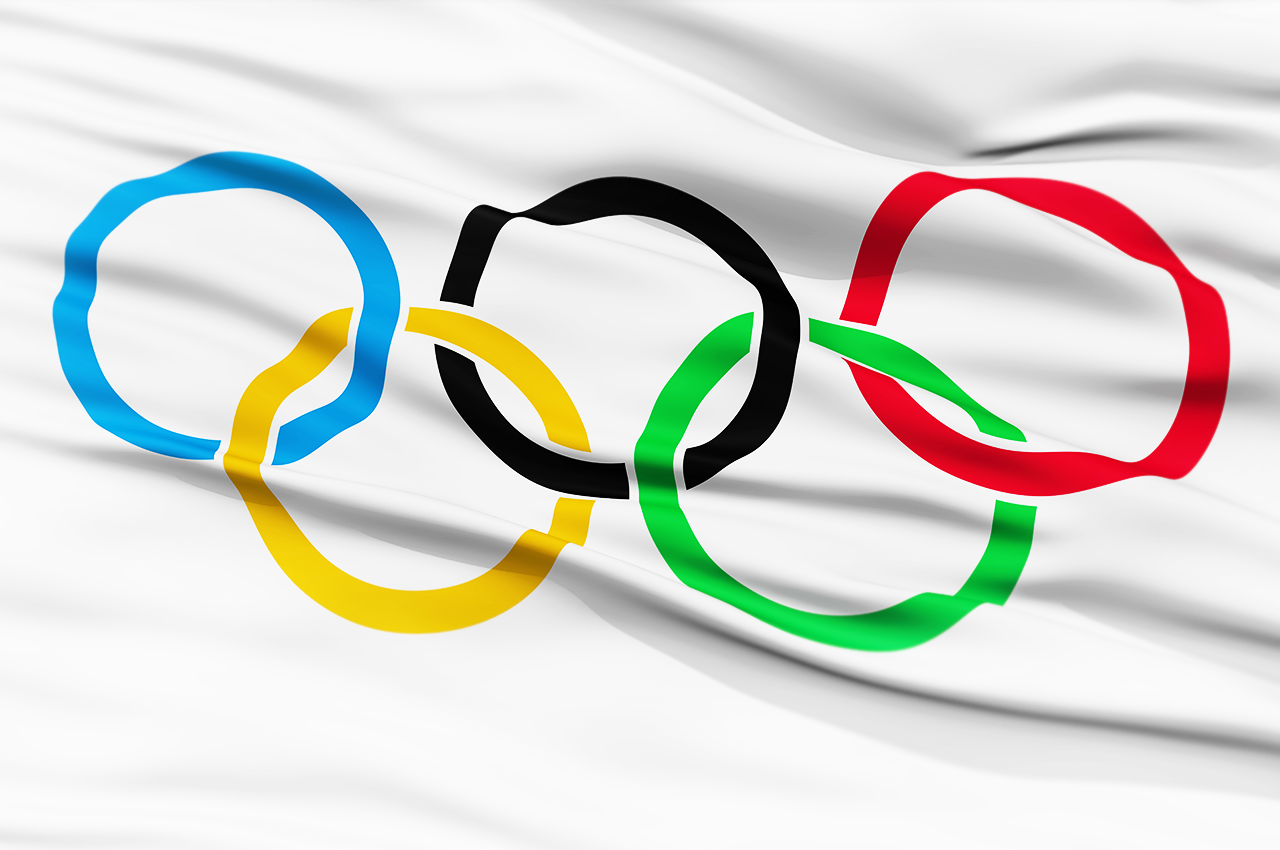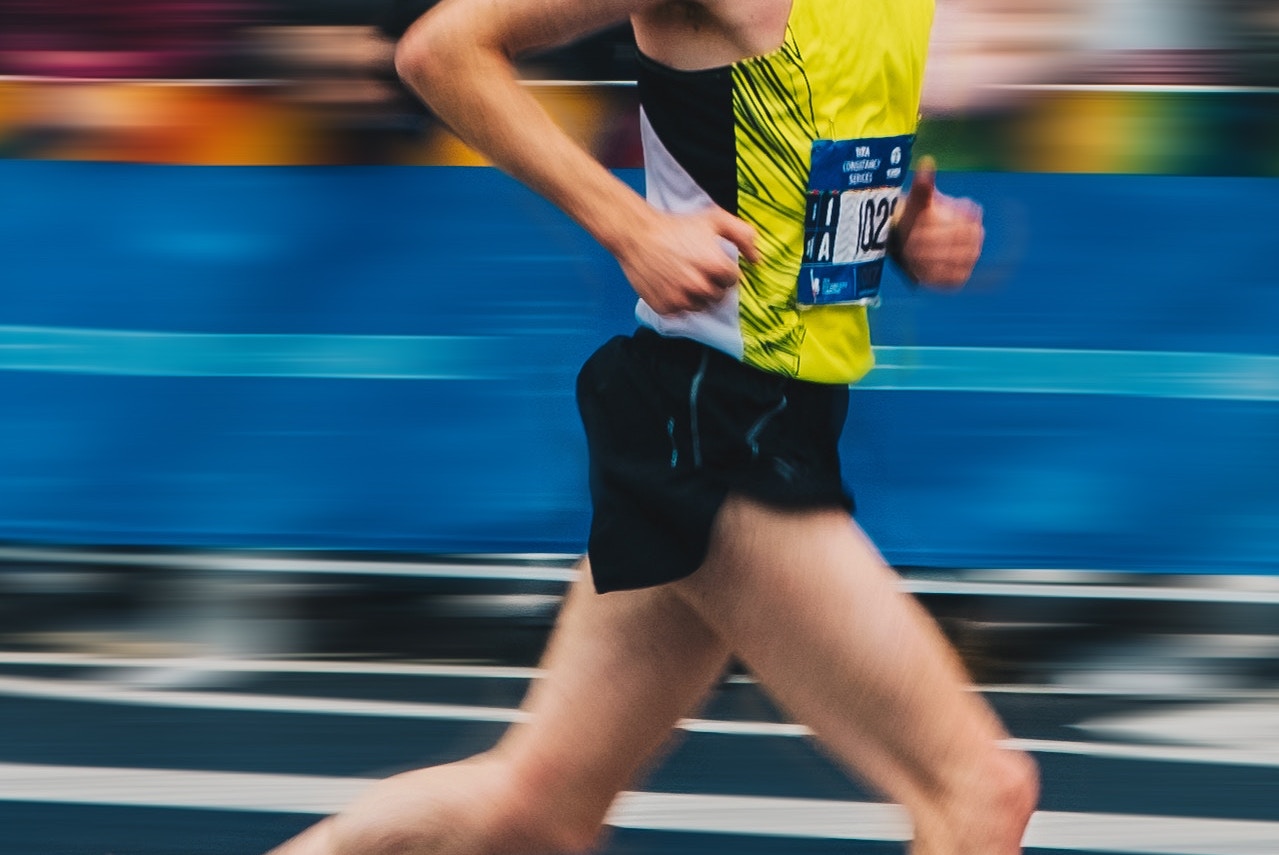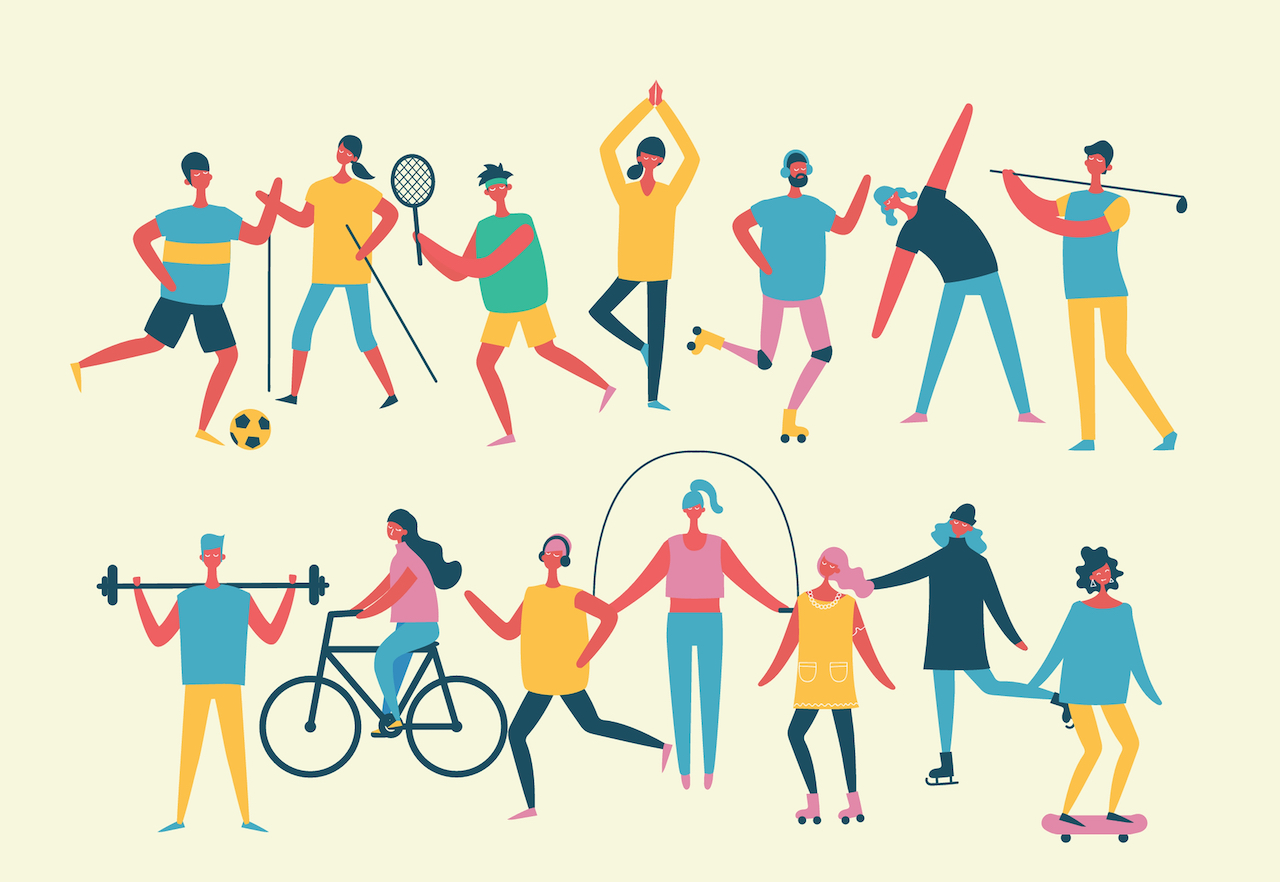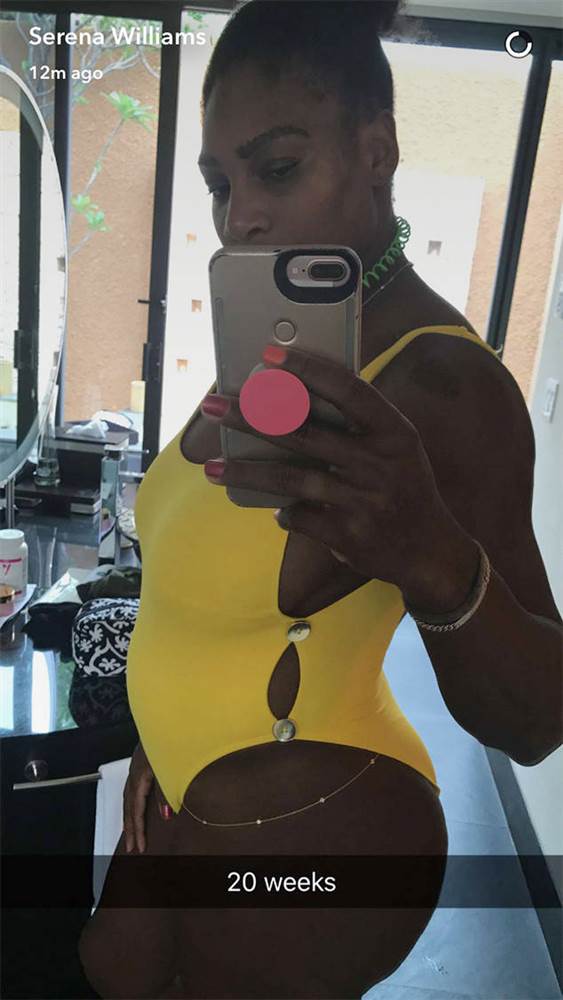You have your goals written down and may have even worked out your strategy to achieve them. Yet, doubts that you’ll fail to achieve them are still lingering… just like every other year. Urgh.
Instead of wallowing, take your preparation up a notch and take some advice from the best in the business.
Here are some lessons from five Olympians on how to finally bank those goals.
Focus on commitment
Instead of focusing on the big looming end goal, committing to daily, smaller goals that will get you there is less daunting.
You’re also more likely to stick to smaller changes.
To focus on your commitment and make changes you should:
- Set realistic goals. For instance, if you want to lose 10kgs, don’t give yourself a month to achieve it.
- Choose something more realistic like losing a half to 1kg per week.
- Don’t eliminate, replace. If you must remove certain things to change a behaviour, replace it with something healthier. Eliminating something you like or enjoy without a replacement can lead to obsession, leaving you back to where you started. For example, if you’re cutting out chips, swap it for a healthy snack like fruit or popcorn.
- Devote 15 minutes to your goal every day. 15 minutes a day doesn’t sound like much, but it’s 15 minutes closer to your achievements. Carve out time for your goals each day. For example, write a few pages of your novel, do a mini workout or prepare your weekly planner.
Train hard, turn up, run your best and the rest will take care of itself.”
—Usain Bolt, gold-medal runner
Seek knowledge, not results
If you focus on results alone, your motivation will eventually wane. In other words, if you see positive results you’ll be fuelled to keep going. And if you aren’t seeing positive results, you may throw in the towel. On the other hand, concentrating on improving, exploring and relishing in the excitement of learning will keep you motivated. Focus on the journey and not the destination. This way, you’ll improve along the way and eventually reach your goal.
“Failure I can live with. Not trying is what I can’t handle.”
—Sanya Richards-Ross, gold-medal track and field athlete
Be a dreamer
Want to know the best way to ditch negative thoughts? Use your imagination and think about positive outcomes. Often, negative thoughts cause your motivation to dissolve. Fill yourself with positive energy by picturing the best outcomes. Replace bad thoughts with positive ones. You could do this in your mind or even try writing them down in a journal. Think: “I can do this”, “I will be successful”, “My hard work will pay off”.
“Don’t put a limit on anything. The more you dream, the further you get.”
—Michael Phelps, gold-medal swimmer
Find your purpose
We all need encouragement to get us through, whether it comes from within or from others. This could be a loved one, a group you belong to, or even a poster of your role model on your bedroom door. Your purpose for trying to achieve your goal is encouragement. Know exactly why you’re trying to achieve your goal and how it will benefit you. For instance, if your goal is to exercise more, appreciate WHY you want to do this, so that the journey will be meaningful.
Whether it’s for your health, to lose weight or to simply look better, know why you’re grinding.
“We have the can-do factor, and us doing what we do I think inspires people to just try that little bit harder, whether they are able-bodied or disabled.”
—Lee Pearson, gold-medal para-equestrian
Get rid of distractions
Let’s face it, there are many things we’d rather do than hustle to reach our goals. But, distractions mean time wasted. For instance, that one-hour show that comes on every day at 5pm, is an hour you could have used to work towards your goal. To get rid of timewasters, make a list of them and hold yourself accountable to not do them. To make it easier for yourself, add a reward. For example, recording or downloading your favourite show to watch over the weekend.
“When I’m racing, I’m thinking about my own race. I’m not thinking about anybody”
– Caster Semenya, gold-medal and middle-distance runner






